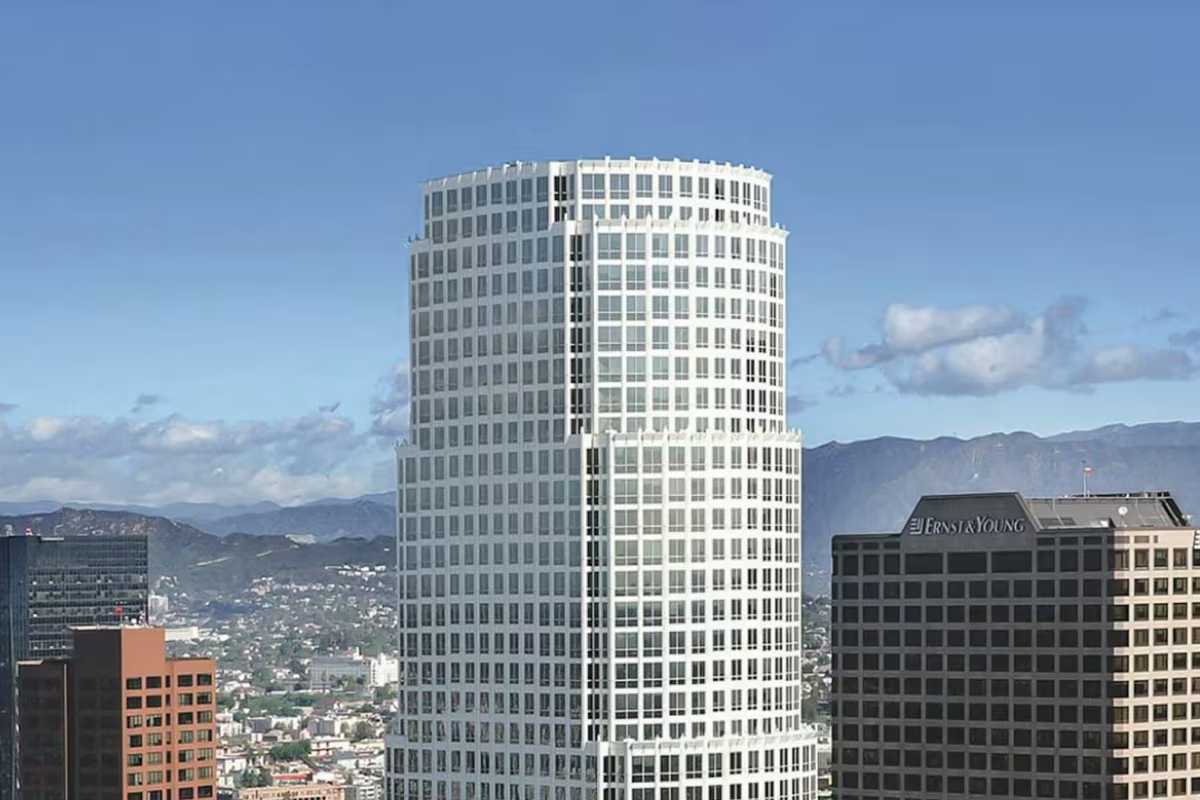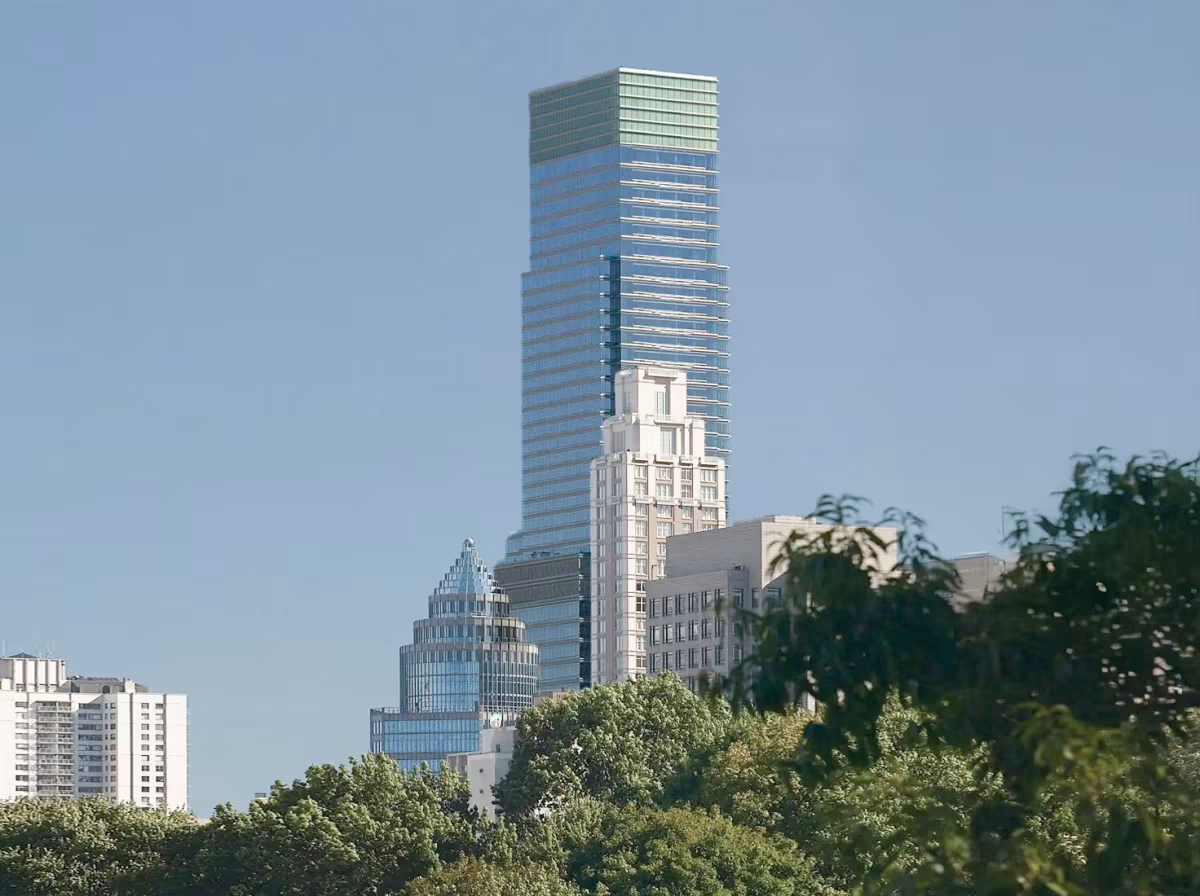777 Tower vs 731 Lexington Avenue Building


Comparing the 777 Tower and the 731 Lexington Avenue Building is compelling because they were both designed by César Pelli & Associates, yet they stand in different cities (Los Angeles, CA and New York, NY), and were completed a decade apart.
What this will allow us to see, is how the same firm's approach adapted to different places in different periods of time.
Height & Size
The 731 Lexington Avenue Building is clearly the larger tower of the two, both in terms of height and number of floors. It rises to 814ft (248m) with 54 floors above ground, while the 777 Tower reaches 725ft (221m) with 53 floors above ground.
731 Lexington Avenue Building also offers more total built-up area, a total fo 1,399,307 sqf (130,000m2), which is about 299,323 sqf (27,808m2) more than what the 777 Tower offers.
Of course, each project may have faced different briefs or regulatory constraints, which we don't really know about and could also explain the outcome.
Architectural Style
The 777 Tower was designed in the Postmodernism style, while the 731 Lexington Avenue Building reflects the principles of Contemporary.
The 777 Tower represents a late expression of the Postmodernism, a style already in decline in 1991 when it was completed. By contrast, the 731 Lexington Avenue Building followed the then mainstream Contemporary, embodying the dominant architectural direction of its time.
Uses
The 731 Lexington Avenue Building follows a mixed-use model, combining residential, retail and commercial. In contrast, the 777 Tower has remained primarily commercial.
The 731 Lexington Avenue Building offers 105 residential units.
Structure & Facade
The two towers rely on different structural systems, reflecting distinct engineering strategies.
The 777 Tower uses a Framed Tube In Tube structural system, which combines a strong central core with a perimeter tube of columns, while the 731 Lexington Avenue Building uses a Frame system, that relies on a regular grid of columns and beams to sustain its weight.
Yet, when it comes to their facade, they both employed the same solution, a Curtain Wall facade.
A curtain wall is a non-load-bearing facade hung from the structural frame. It is anchored to floor slabs and transfers only its own weight and wind loads, allowing for sleek, glassy exteriors.
| 777 Tower | 731 Lexington Avenue Building | |
|---|---|---|
| César Pelli & Associates | Architect | César Pelli & Associates |
| 1988 | Construction Started | 2001 |
| 1991 | Year Completed | 2005 |
| Postmodernism | Architectural Style | Contemporary |
| Commercial | Current Use | Mixed |
| 53 | Floors Above Ground | 54 |
| 221 m | Height (m) | 248 m |
| 102192 | Built-up Area (m²) | 130000 |
| 32 | Number of Elevators | 29 |
| Framed Tube In Tube | Structure Type | Frame |
| Steel | Vertical Structure Material | Steel And Concrete |
| Concrete, Steel | Horizontal Structure Material | Poured Concrete Over Metal Decking |
| Yes | Facade Structural? | No |
| Glass, Steel | Main Facade Material | Glass, Steel |
| Jones & Jones | Main Contractor | Bovis Lend Lease Ltd. |
| South Figueroa Plaza Associates | Developer | Vornado Realty Trust |
| Mitsubishi Electirc Elevators | Elevator Company | Otis Elevator Company |
| John A. Martin Associates | Structural Engineer | Thornton Tomasetti |
| CA | State | NY |
| Los Angeles | City | New York |
| 777 South Figueroa Street | Address | 731 Lexington Avenue |